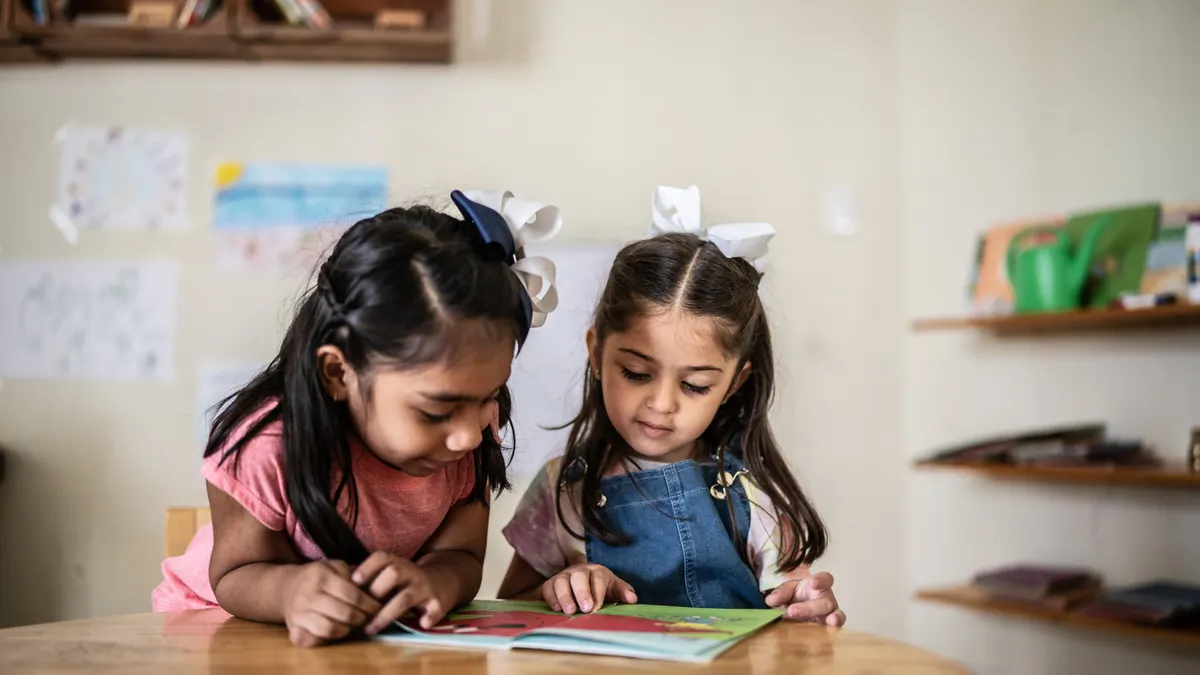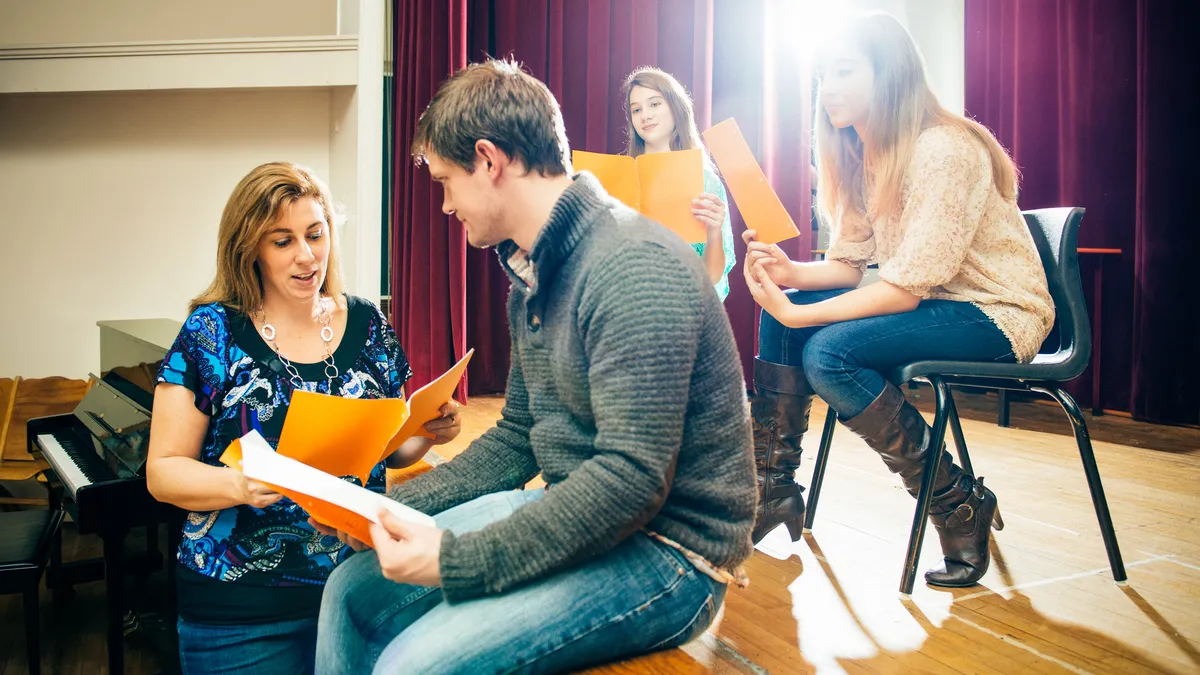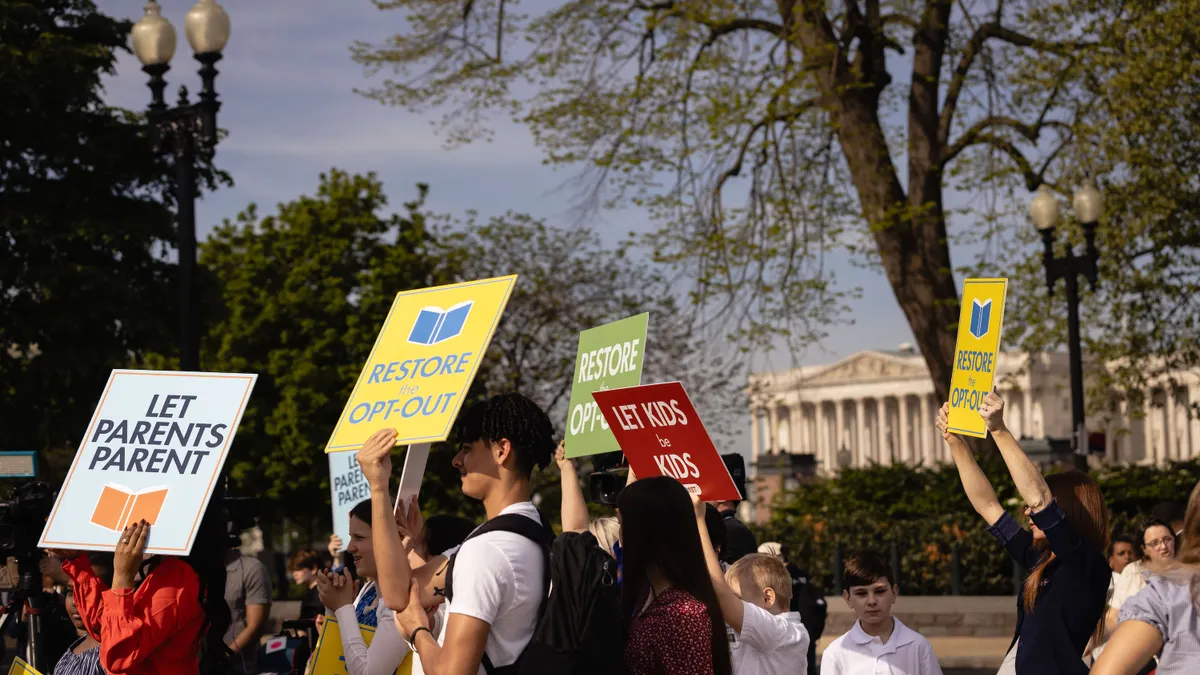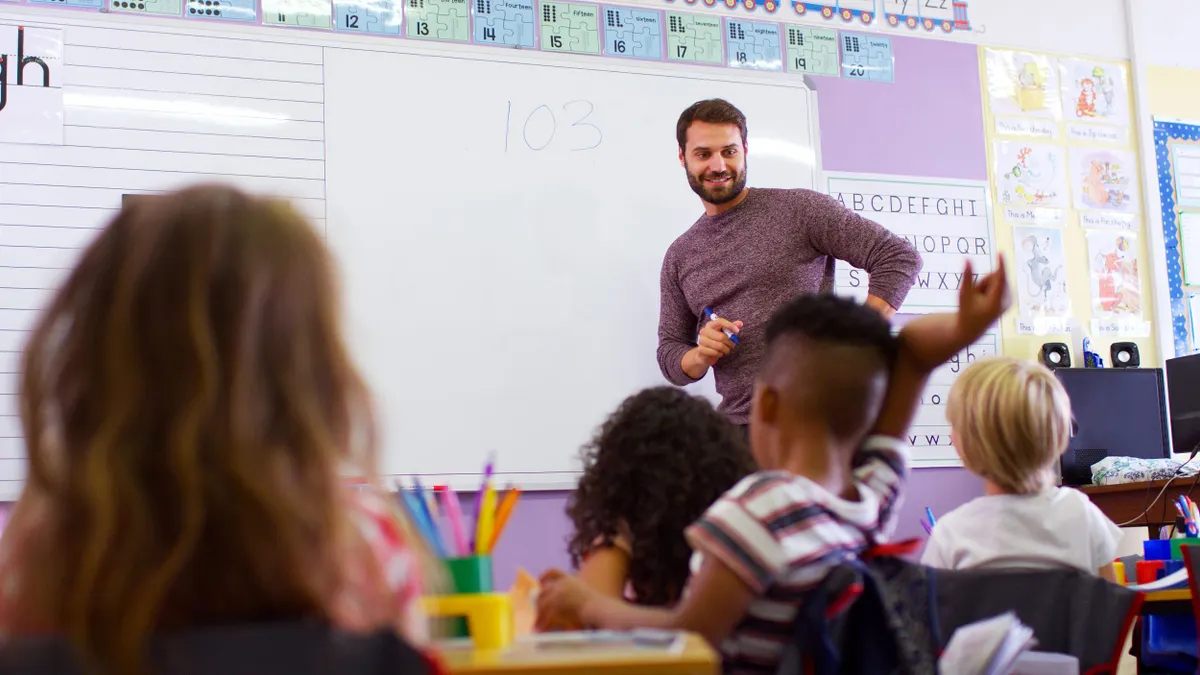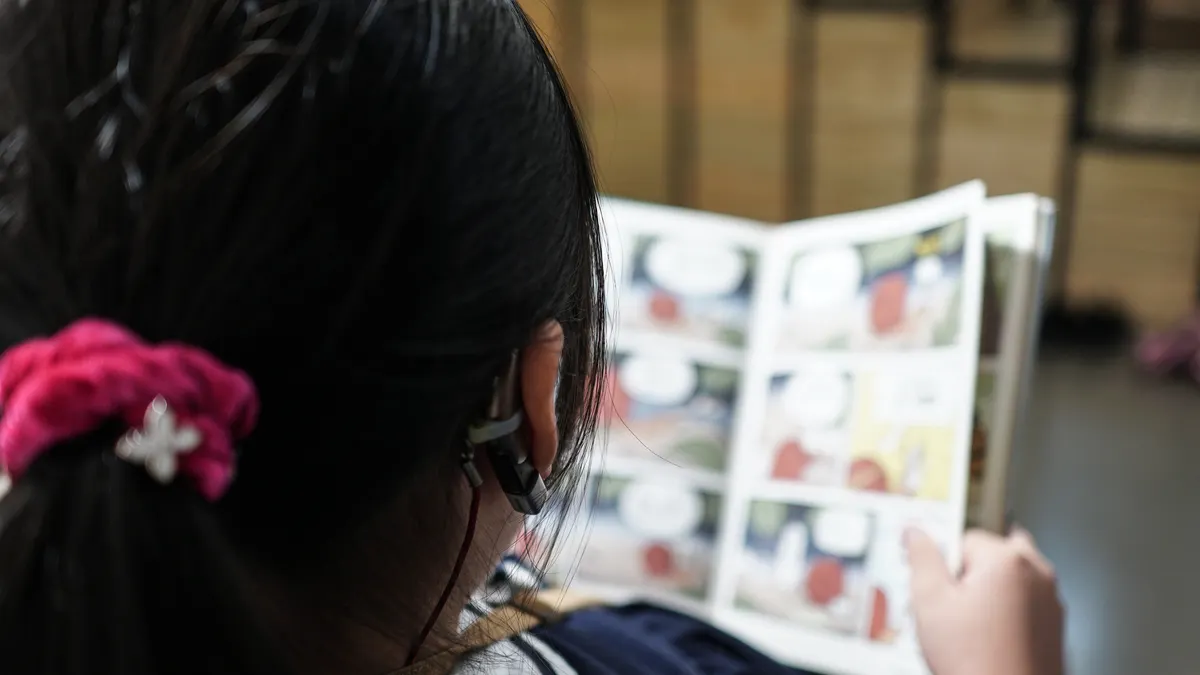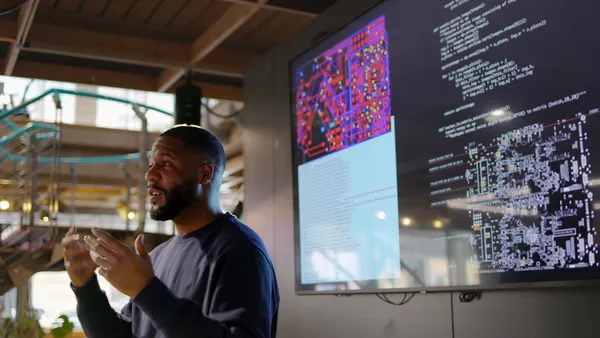As the new school year approaches, administrators at all levels of school districts are weighing lessons learned from the spring, when the coronavirus pandemic forced educators to shift and adapt to an entirely unfamiliar distance learning model practically overnight. With the summer to prepare and surging numbers making it increasingly likely most districts nationwide will begin at least partially remote in the fall, educators now have a better grasp on best practices and how to adjust curriculum, but pain points remain.
We caught up with four administrators to learn more about how the spring has adjusted their schools' and districts' approaches to curriculum, from grading systems and professional development to weighing social-emotional needs like student anxiety.
Derek McCoy
Principal at North Asheboro Middle School in North Carolina
One of the committees I'm sitting on [in my district] is for secondary schools. We were literally just talking about grading as a concern and providing instructional feedback. Grading is always subjective. It's always a problem because it doesn't reflect learning. It's often designed more for tasks instead of the path of learning.
We discussed that at length today. The way we're tackling it is we're looking at this as an opportunity to shift practice and mindset. We're going to focus on providing teachers with the training to focus more on the feedback aspect rather than just the summative grading aspect. And then we'll move on to the next task, having teachers design learning experiences rather than just a worksheet approach — more project-based [learning] so the teachers have the opportunity to provide feedback and coach students more rather than just use the typical worksheet and book problems that we would normally associate this with.
That's a cool piece to just look at this as an opportunity to shift practices, looking at this as not just the summative evaluative part but just as a piece to continue conversations and to allow students to see where they are now, and then to help improve that and focus on growth through the whole design the district and the teachers are building.
That’s a high-level piece, not just looking at this as a crisis but as an opportunity, and to look beyond the pandemic to a better practice. Some elements of a great grading practice transcend face-to-face instruction or digital learning — or, in this case, the remote learning piece. Some elements of a great grading practice overlap in a lot of those areas. Let’s use this as an opportunity to just try some things different and to move forward to a better place that really looks at learner benefit instead of just traditional practices.
Christine Ravesi-Weinstein
Assistant principal at Milford High School in Massachusetts
I think we're missing a lot of these bigger issues, these much more important life skills, that the kids can use past elementary school, middle school and secondary school. Other than reminding them and reinforcing the need in which to bring this to our attention, I don't really see how else we can prioritize this for students. It's really troubling.
We always talk about how school needs to be relevant to our students to get them to buy in. I think that we absolutely need to prioritize the current happenings of the world into our curriculum for sure, going forward. It's really important in our physical education classes, which obviously aren't going to run like they have previously. It’s important for us to have this sort of SEL component become more of a requirement in our curriculum, as opposed to just one particular little mini-lesson. We really need to have these open conversations. That's a priority when it comes to curriculum. And when it comes to planning from a district level, I think we really need to consider routine and consistency for these students.
Even the smallest thing can throw off a student that's suffering from anxiety. We’re planners and we like to have as much control as possible. I really want us to put forward a plan that's as consistent as possible, and that creates as much of a routine as possible, so you don't have to throw any curve balls at [students] if we can avoid it.
I would obviously like to see history and social studies curriculum talk a lot about what's going on in the world right now in regards to civil rights, and I think it's really, really important to talk about the history of pandemic and also the science behind pandemic. There are more life lessons to be concerned with now than there necessarily are just straight up curriculum lessons. We've all seen what an exponential growth curve is in our math classes, but have we ever seen one used more now than ever before? Anytime you watch the news, you see an exponential growth curve. We should be talking about that stuff. I think the more honest you are with the kids, the greater it will impact, in a positive way, their anxiety.
Matthew X. Joseph
Director of Curriculum, Instruction, and Assessment at Leicester Public Schools in Massachusetts
One of the priorities is really focusing on the learning aspect more than the instruction of it. Not that the instruction isn’t important — don’t get me wrong. What I mean by that is let's focus on the top, the big priorities for our learning platforms. We want to ensure that the curriculum that's being put out and disseminated hits the priority state standards, because we do have a scope and sequence. But if we have a shortened timeline or a difficult way to reach everything, we want to make sure we're hitting the priority standards that actually cover multiple subject areas: reading comprehension, math theory, paragraph writing, comprehension for elementary students, word recognition. The bigger kind of standards that cover multiple subject areas.
The concern is how can we ensure students are actively engaged in the content versus just consuming it because we have to do some digital instruction or we’re rushing to get through it on-site? The secondary piece of the engagement, because we have to have the required spacing, is how are we going to do collaborative working? How are we going to have multiple voices on a singular project? That was a big drive for our district, increased student voice through collaboration, but how can we do that with some of the restrictions that we have?
We're comfortable [with digital instruction going into the fall] because we had the mindset of “go slow to go far,” where we pulled back and had a few tools. We actually called it our “core four” digital tools that we use through our Google suite. Those core four tools span pre-K to 12. Where we want to get more comfortable as we move forward is how to create consistency. So it's not just emergency learning where [in spring] we were like, “Oh boy, we gotta to do this to a long-term vision of digital learning.”
The biggest challenge [for a remote start to fall] is we're establishing a classroom culture with students you've not yet met. So when we left school in March, classroom processes were in place. Relationships were built with the teacher and the student. Understanding of students' learning styles and capabilities were already in place because teachers had students for six months [prior]. The biggest challenge is establishing a classroom and school culture with students you have not yet met.
One piece I am steeped in this summer is creating a virtual professional development plan. I'm continuing to work with our staff, even if it has to be virtually, to support them in this transition, to take their best practices, improvise strategies, and [provide] tools to allow them to be the best teacher they can be online. Usually, teachers come into a room where there's 60 of them in a room. We do a training at the beginning of the year, but how can I continue to provide professional learning opportunities for teachers and do it virtually?
Robert Dillon
Director of innovative learning at School District of University City in Missouri
For a long time, we have known that our curricula in all areas were bloated and created little opportunity to go into real depth to build the thinking and reasoning skills needed for our students. The upcoming shift to hybrid models of learning is exposing this truth to more educators.
It is essential that we look deeply at what's necessary to teach versus what is nice to teach as we shift our instructional models. Doing so will allow us to pivot beyond the pandemic to a modern model of learning that can personalize learning for more individuals, with paths and paces of learning that truly are impactful.
The best planning for the fall will be the areas of change that can be used as springboards to better schooling over the long-term.



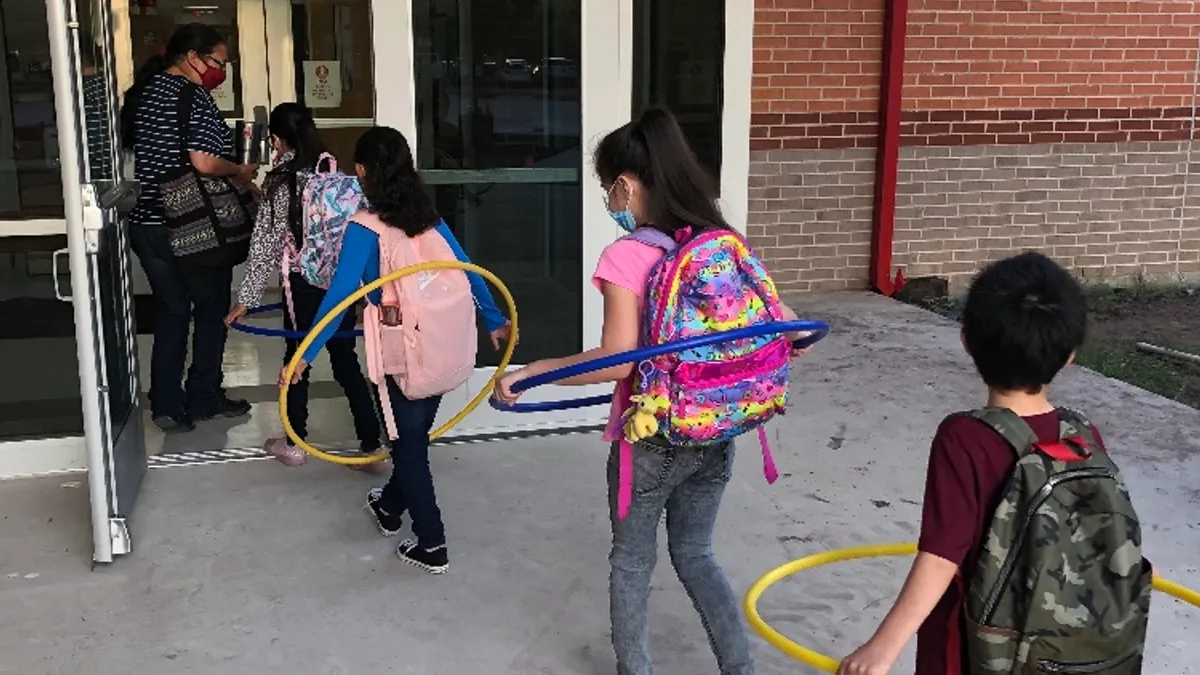



 Dive Awards
Dive Awards



